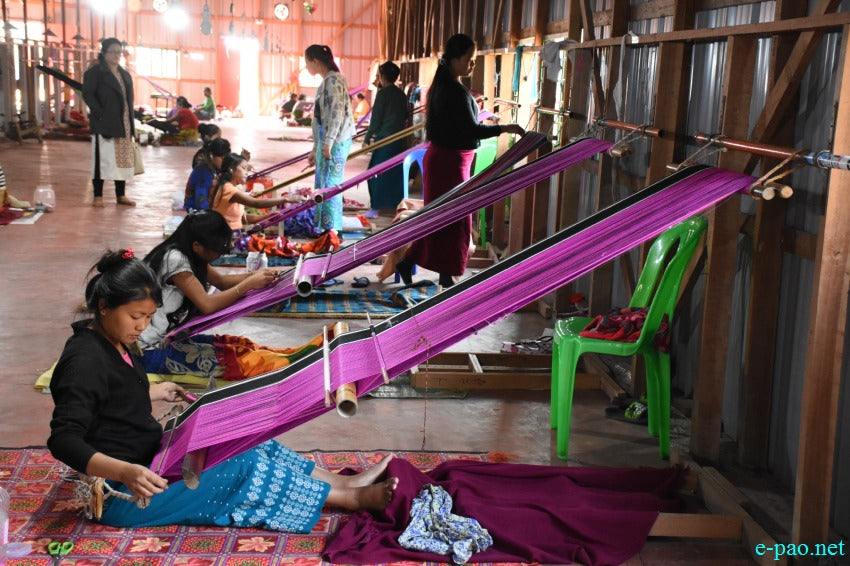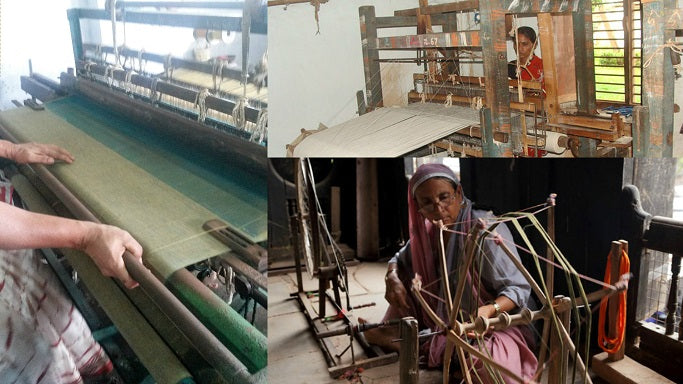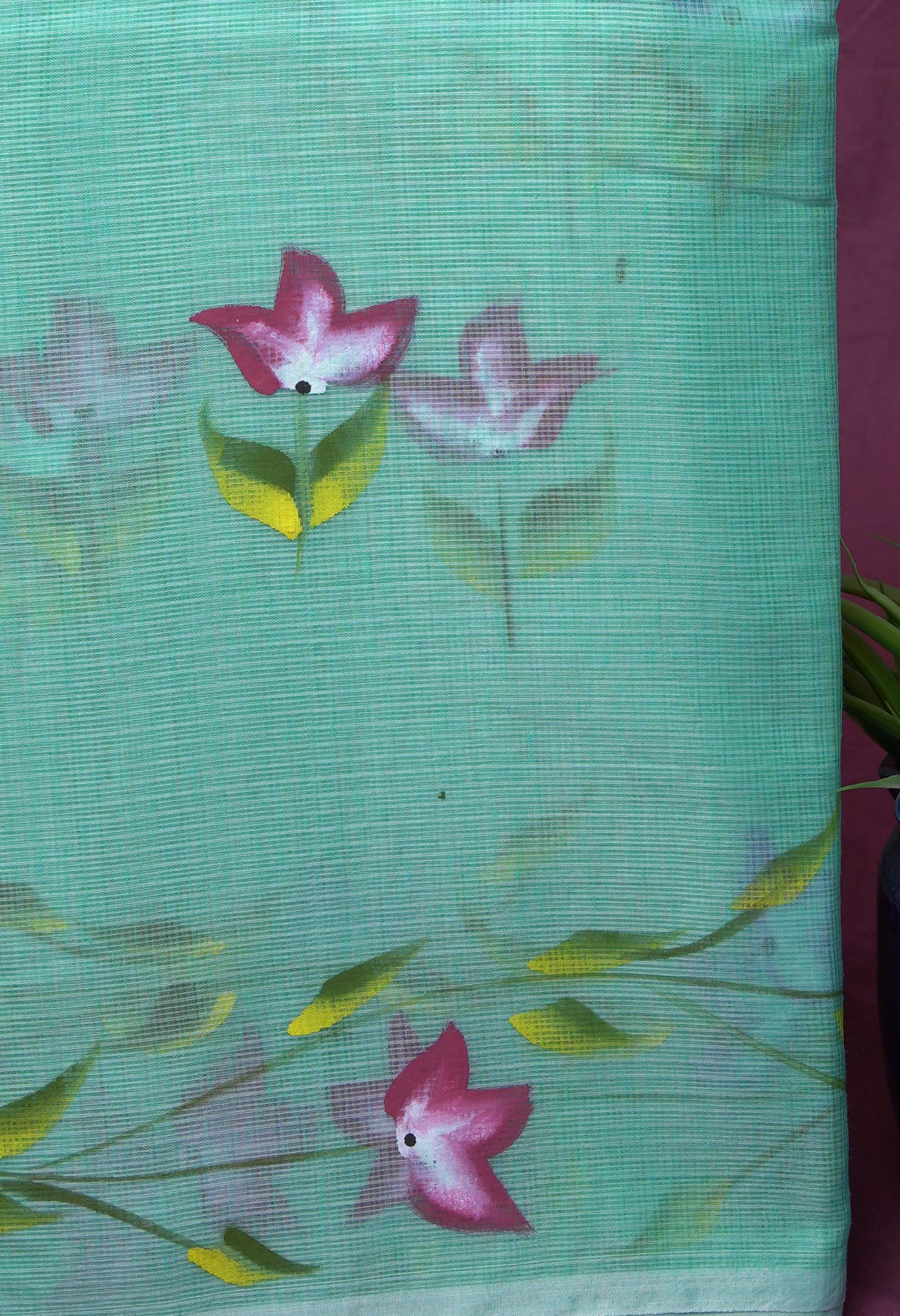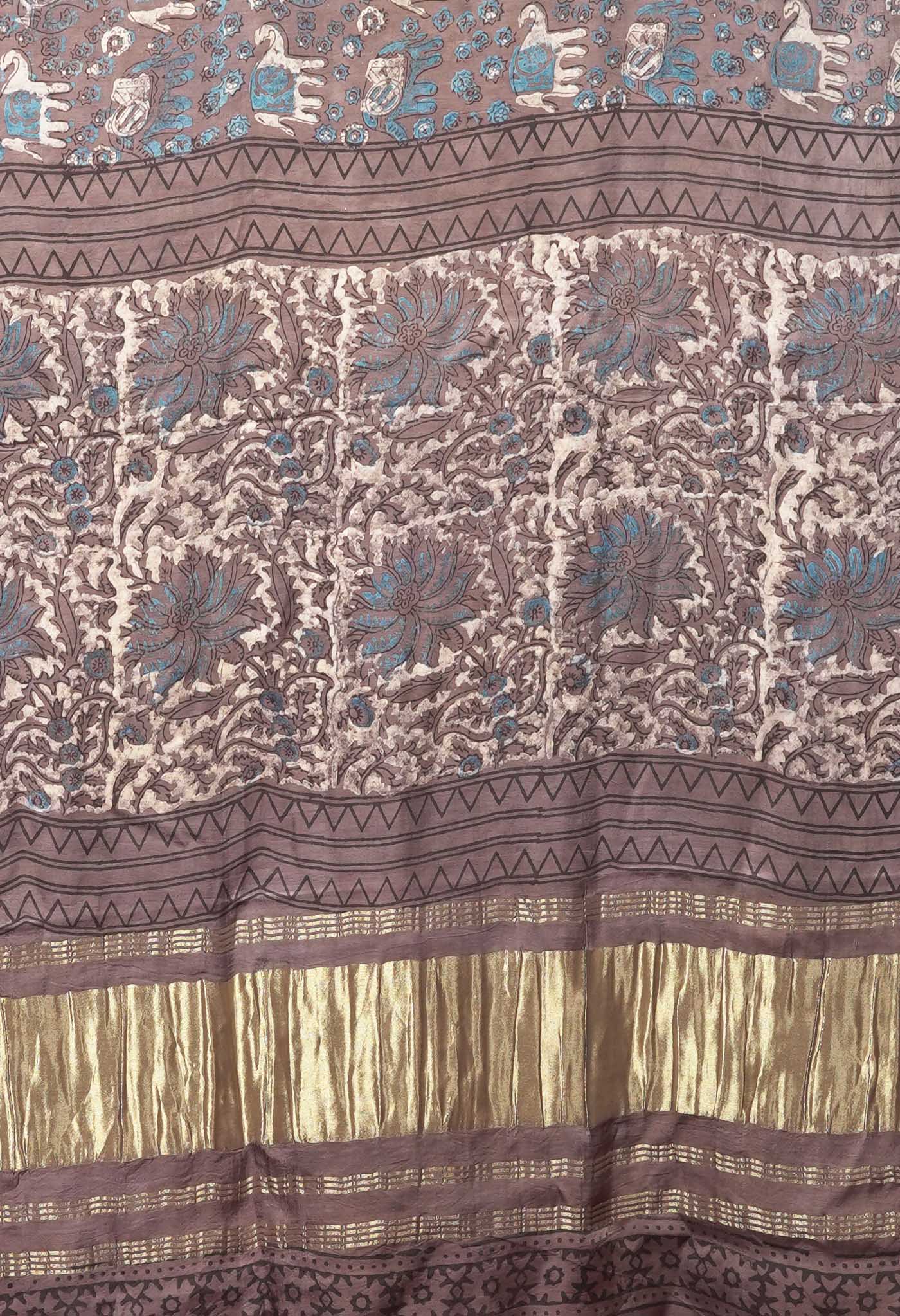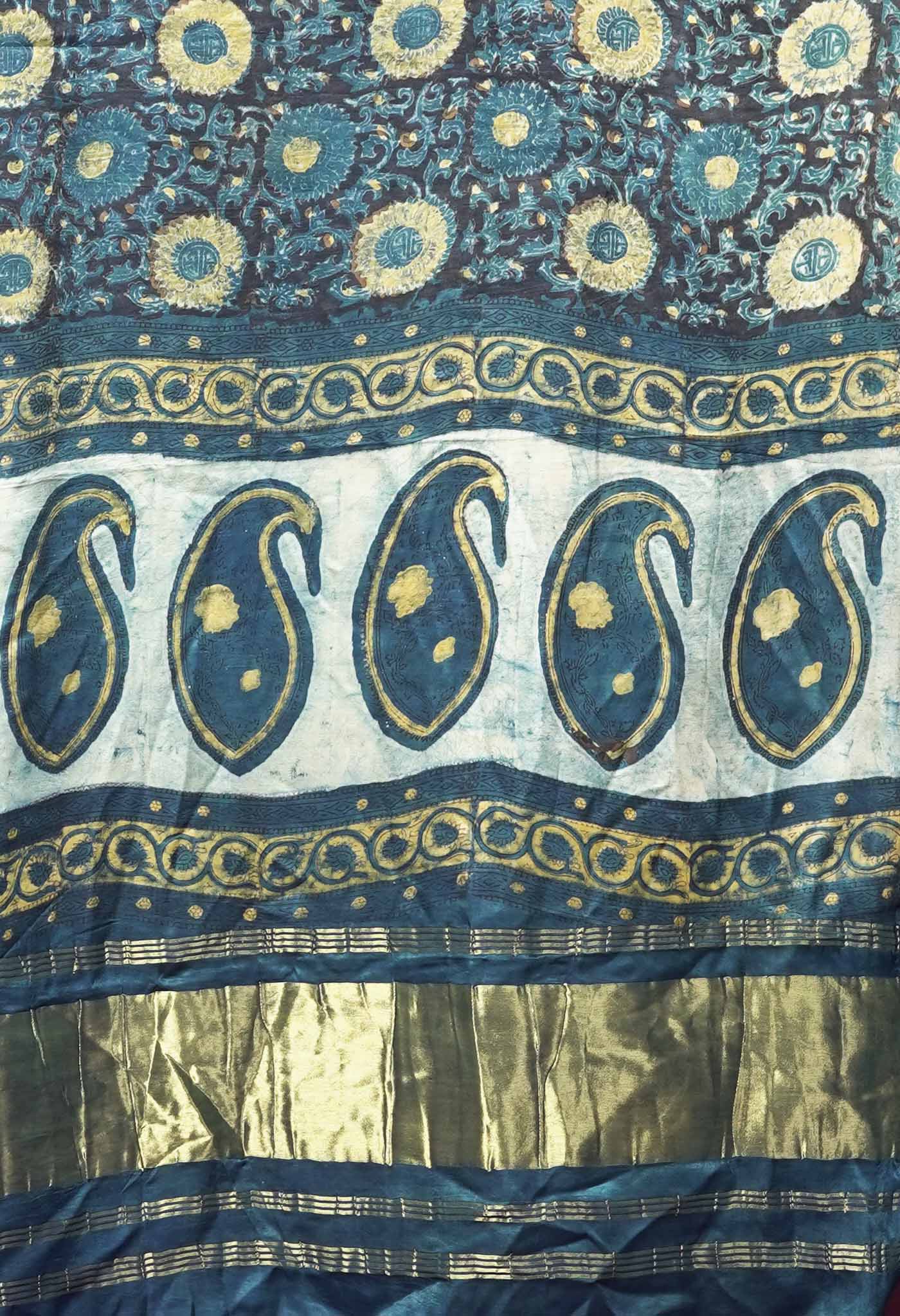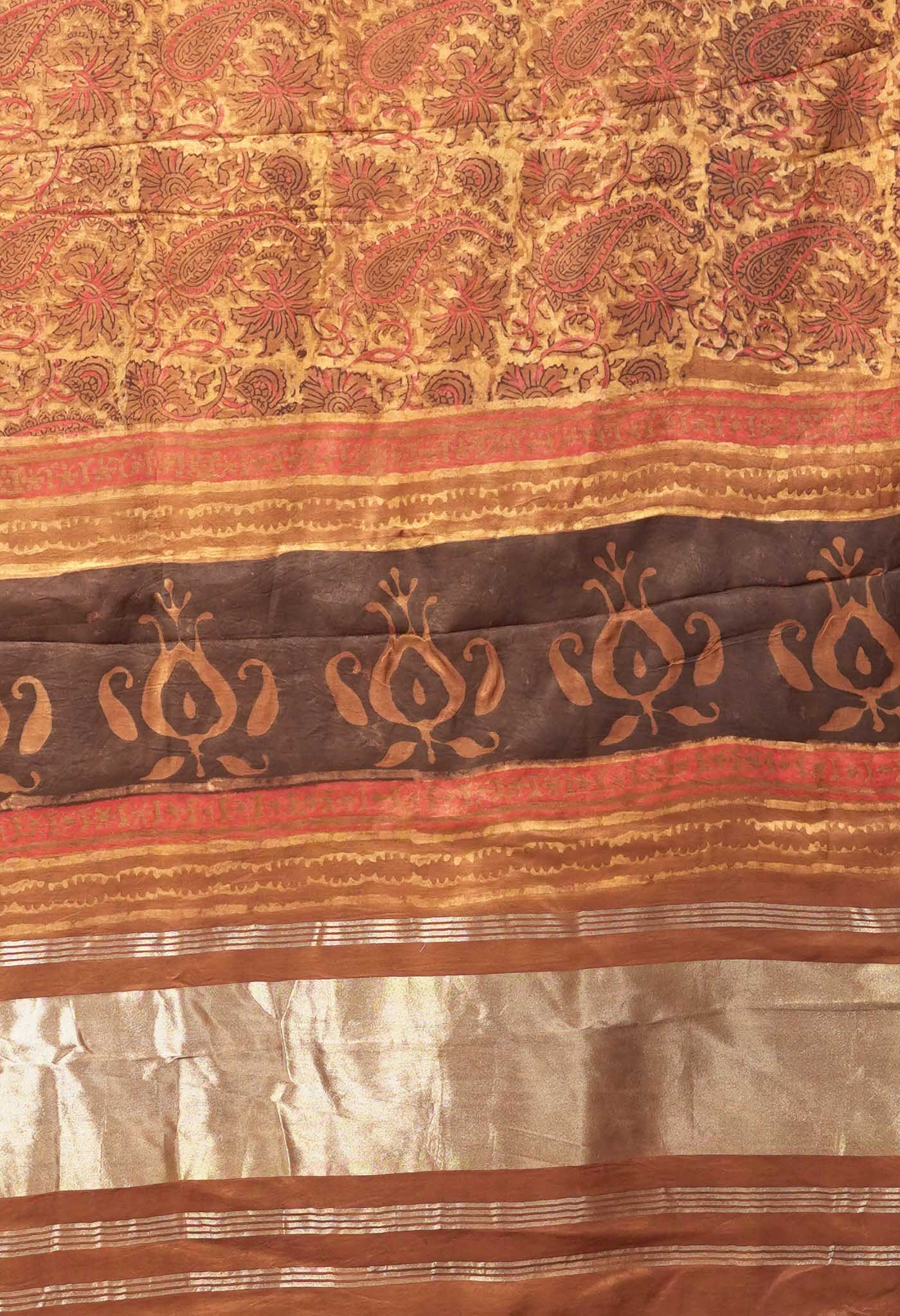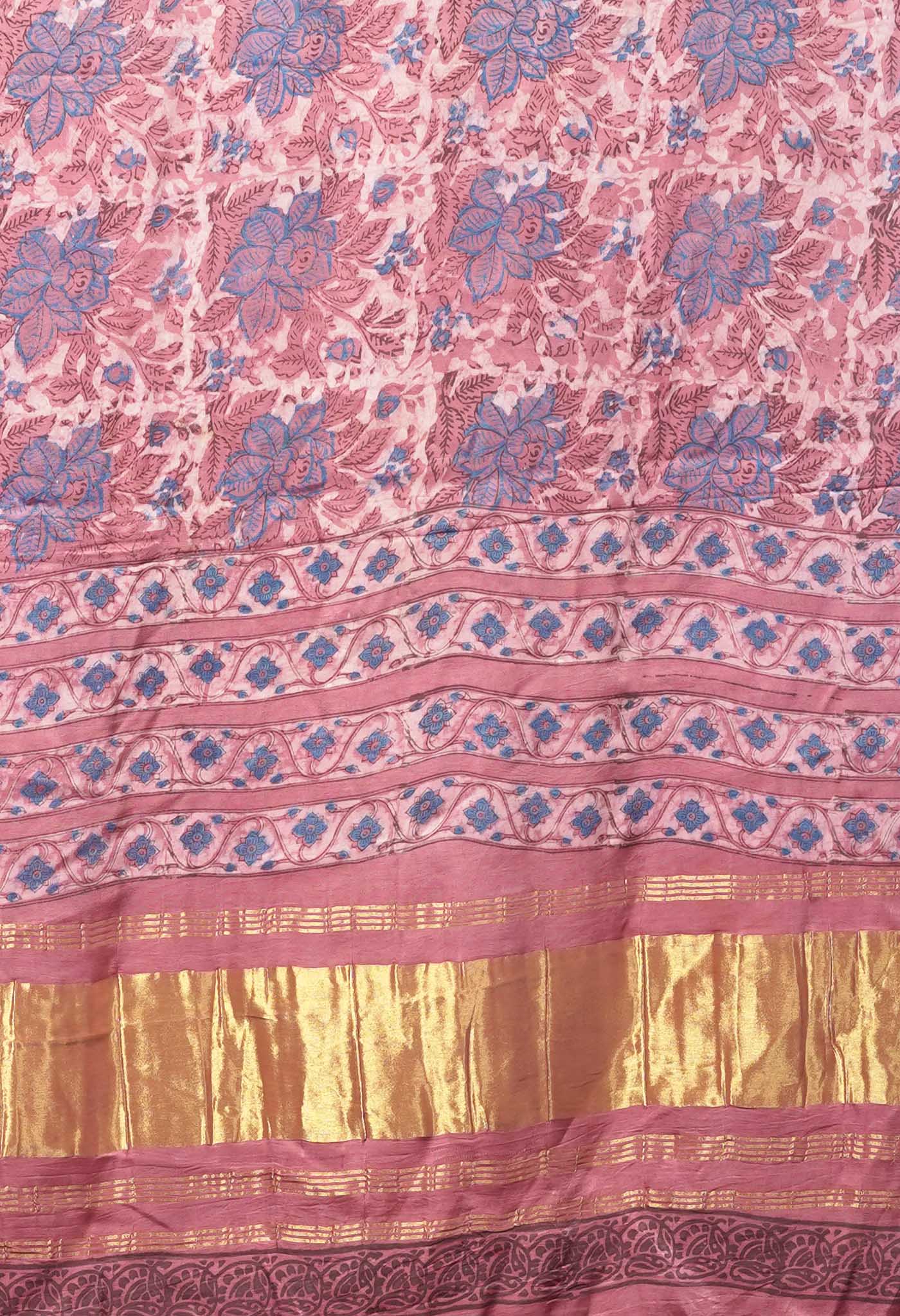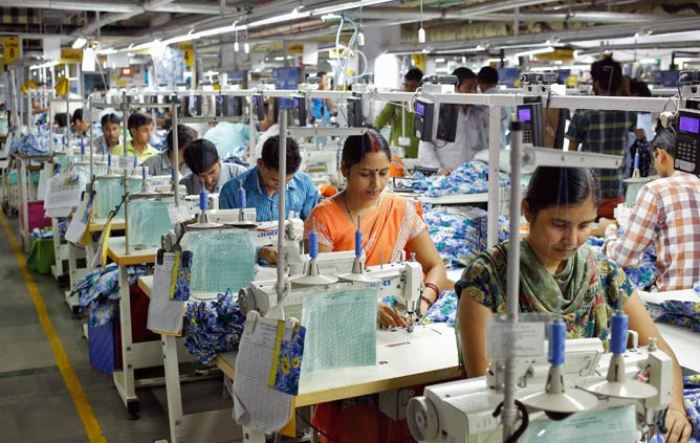
Spearheading skill development across India Samarth
The textile and apparel industry is one of the earliest industries developed in India. Its entire value chain from fiber and fabrics to apparel manufacturing has a strong presence within the country. It is the biggest employer after agriculture. In order to meet the skill gap in the industry and also to supplement its efforts initiated through the Special Package for Garments and Made-ups, the Government has approved the new scheme titled “Scheme for Capacity Building in Textile Sector (SCBTS)” for the entire value chain of textile except Spinning and Weaving in the organized sector, for a period of three years from 2017-18 to 2019-20 with an outlay of Rs. 1300 crore.

What is Samarth?
Samarth (Scheme For Capacity Building In Textile Sector) is a flagship skill development scheme approved in continuation to the Integrated Skill Development Scheme for 12th FYP, Cabinet Committee of Economic Affairs. The industry is facing shortage of skilled workers and provides many opportunities for unemployed youth in the country who are trained in the sector. To address the issue, Central government of India has launched Scheme for Capacity Building in Textile Sector (SCBTS) and named it SAMARTH Scheme.
What are the objectives of Samarth?
The objectives of the scheme are to provide demand-driven, placement oriented skilling programme to incentivize the efforts of the industry in creating jobs in the organized textile and related sectors to promote skilling and skill up-gradation in the traditional sectors through respective sectoral divisions/organizations of Ministry of Textile; and to provide livelihood to all sections of the society across the country.

What is the Govt.’s target in this regard?
The Scheme would target to train 10 lakh persons over a period of 3 years (2017-20) with an estimated budget of 1300 crore and has invited the participation of Textiles Industry/Associations registered under Central or State Government/Chambers of Commerce of Central or State Government.

What are the modalities of this scheme?
The ‘Scheme for Capacity Building in Textile Sector (SCBTS)’ shall be known by the name “Samarth”, signifying the broad objective of the scheme to skill the youth for gainful and sustainable employment in the textile sector.
Objectives
- To provide demand driven, placement oriented National Skills Qualifications Framework (NSQF) compliant skilling programmes to incentivize and supplement the efforts of the industry in creating jobs in the organized textile and related sectors, covering the entire value chain of textile, excluding Spinning and Weaving.
- To promote skilling and skill upgradation in the traditional sectors of Handlooms, handicrafts, sericulture and jute.
- To enable provision of sustainable livelihood either by wage or self employment to all sections of the society across the country.
The Scheme would target to train 10.00 lakh persons (9 lakhs in organised & 1 lakh in traditional sector)
The skilling programmes would be implemented through following Implementing Agencies:
- Textile Industry.
- Institutions/Organization of the Ministry of Textile/State Governments having training infrastructure and placement tie-ups with textile industry.
- Reputed training institutions/ NGOs/ Societies/ Trusts/ Organizations/ Companies /Start Ups / Entrepreneurs active in textile sector having placement tie-ups with textile industry.

The scheme will broadly adopt the following strategy:
- Aadhaar enabled biometric attendance system with minimum 80% attendance for assessment
- Training by certified trainers having Training of Trainers (ToT) certification by RSA/SSCs
- CCTV recording for entire training programme and assessment process.
- Third party assessment and certification by assessment agencies empaneled by RSA
- Placement linked skilling programme with mandatory wage employment in organized sector (70%) and in traditional sector (50%) and post placement tracking for one year
- Random physical verification of active training centres
- NSQF aligned courses
- Robust MIS and real-time Scheme information publicized in Ministry of Textile website.
- Call centre (Helpline) set-up to collect feedback
- Mobile app for different stakeholders to ease out monitoring and implementation mechanism.
- Preference given to marginalized social groups and 115 aspirational districts
- Public Grievance redressal with designated Grievance Redressal Officer from Ministry of Textile
- Internal complaints committee to be constituted under the Sexual Harassment of women at workplace (Prevention, Prohibition, redressal) Act ,2013
- Funding as per common norms of MSDE
- Common branding as per guidelines of MSDE
- For self-empolyment, concessional credit under the Pradhan Mantri MUDRA Yojana will be provided for beneficiaries.
Monitoring and Management Information System (MIS)
A centralized web-based Management Information System (MIS) has been put in place for monitoring and implementation of the scheme. MIS shall act as an integrated platform for registration and empanelment of Implementing Agencies. All aspects of programme management and implementation such as submission of proposals, release of funds, enrolment of candidates, functioning of training, physical verification, assessment, placement, post-placement tracking etc. will be managed through MIS. The release of funds will be linked to physical progress updated on the MIS.
A Mobile Application for different stakeholders TC Coordinator, Inspection Agency, beneficiaries and grievance redressal with Geo-tag, timestamp and evaluation is linked to the MIS modules.
Call centre setup with helpline/ Toll free number linked to MIS and Public Dashboard.

There are a whole lot of guidelines in detail for the scheme available at the govt.portal for better understanding. (Guidelines for Samarth - Scheme for Capacity Building in Textile Sector Under the Skill India Mission)
[/vc_column_text][/vc_column][/vc_row][vc_row][vc_column][vc_btn title="Shop Online Authentic Indian Handloom Sareeston" color="warning" align="center" link="url:https%3A%2F%2Fwww.unnatisilks.com%2Fsarees-online.html||"][/vc_column][/vc_row]

